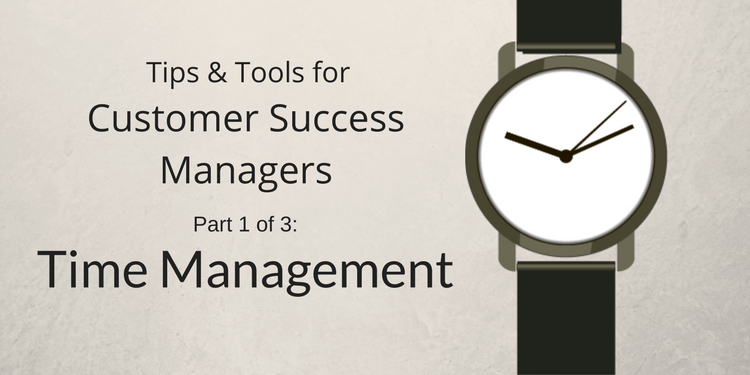5 Ways to Avoid Falling Flat on Your Customer Experience Journey
Regardless of industry, CX programs are no longer a nice to have, but instead, a must have business discipline.
Nobody likes roadkill.
It’s gruesome to see and certainly even more horrible to become—literally or metaphorically. That’s why Andrew Park, InMoment VP, CX Strategy, and I recently hosted a webinar entitled, “How to Avoid Becoming Roadkill on Your Customer Experience Journey” with our partner, CustomerThink.com.
According to CustomerThink research, a mere 7% of CX initiatives have created competitive differentiation while only 23% of brands have realized tangible benefits. So less than one-third of CX initiatives can claim the clear “win” that CEOs demand: ROI as evidenced by measurable business impact. This inability to prove impact has caused CX programs to stall.
Regardless of industry, CX programs are no longer a nice to have, but instead, a must have business discipline. However, there’s no “one size fits all” approach to CX and strategies will differ based on budget, organizational structure, CX maturity, and more. But that’s no reason to become discouraged.
Pulling from InMoment’s white paper on Customer Experience Strategy—and based on our experience working with hundreds of brands from across the world for over 15 years—Andrew and I discussed five areas companies can take action on immediately.
Create and Prove Value
This is where brands are struggling the most. Improving CX metrics—such as NPS and OSAT—is admirable, but companies must link CX results specifically and thoughtfully to business-wide KPIs and financial results. During the webinar, Andrew discussed a global retailer which tied financial performance and workforce data to customer feedback. By doing so, customer experience became a scorecard for the front line: a way to show the effect of specific staff behaviors on OSAT, conversion, and sales per associate. The company found that the top 10% of locations achieved a 3% higher conversion rate—which equated to a cool $67 million annually. We can assure you this CX program is not getting cut any time soon.
Infuse CX in Everything
Often viewed as a fluffy concept, this CX mindset is anything but. And it’s not something that simply happens; it takes work, is purposeful, and strategic. In fact, according to Andrew, “Best-in-class CX companies—if you listen to their earnings calls—the executive teams are talking about customer experience.” He continued by referencing a CX executive at a global athletic apparel retailer who—over many years—has successfully developed a CX-centric culture within the brand. This kind of achievement does not necessarily happen organically and certainly not by accident; by weaving CX into hiring and training practices, and “coaching up” other executives—across all departments—he has infused the Voice of the Customer throughout the organization.
Organize for Success
Most brands are not born CX-centric. This means organizations must be agile; they must shift and flex with emerging trends and customer needs. Luckily, one of our energy clients wrote the book on this topic. In a regulated industry with literally zero competitors, safety and “keeping the lights on” have always been the company’s priorities—not customer experience. However, when the J.D. Power rankings came in and the energy provider found itself sitting in last place, the executive team knew it was time to make a change. The company called upon a cross-functional team of influencers—from powerline technicians to accountants to customer service agents—to craft a customer experience intent statement and tackle customer pain points head on. The results: entirely new departments, improved operational efficiencies, and policies that make sense for customers and the bottom line.
Leverage the Voice of the Customer
More than ever, customer feedback must be an ongoing dialogue as opposed to a one-time interrogation. This means moving beyond traditional surveys and listening to your customers wherever, whenever, and however—and in a way that makes sense for them. We’re seeing brands leverage mobile voice feedback, video, and even image recognition which allows customers to leave more authentic, rich feedback. Others brands are bringing in contextual data such as social reviews, CRM, and transactional metrics. One of InMoment’s airline clients appends up to 300 pieces of customer-specific data points to each customer feedback response. This means the company understands the impact that seat location, aircraft, food, staff, weather, travel history, departure time, and more have on customer satisfaction. VoC data becomes infinitely more valuable with this kind of detailed context.
Empower Employees
The old CX adage is that employees are either serving the customer, or serving someone who is. In other words: everyone has an impact on customer experience. Andrew shared a quintessential example of this from one of our healthcare clients. An 80-something-year-old man had an appointment at a hospital and received an exceptional experience from his care team. Yet, when he returned to his car, he found that the valet had changed the radio station. This turned a 5-star care experience into a 3-star overall experience. In a complex healthcare setting, a valet, receptionist, or cafeteria worker might not think they have an impact on customer experience, but in today’s CX-driven world, that couldn’t be further from the truth. This teachable moment proved that everyone—regardless of position—plays a role in CX. And if companies are not making their employees a part of the conversation and solution, they’re missing a major opportunity to improve the customer experience.
Taking the next (or first) step isn’t each always easy. Andrew urged webinar participants to avoid waiting for a perfect strategy, to get started today and continually refine over time, and to take pride in your incremental achievements along the way. Each “win” will help you garner more support and further prove the value of your efforts.










